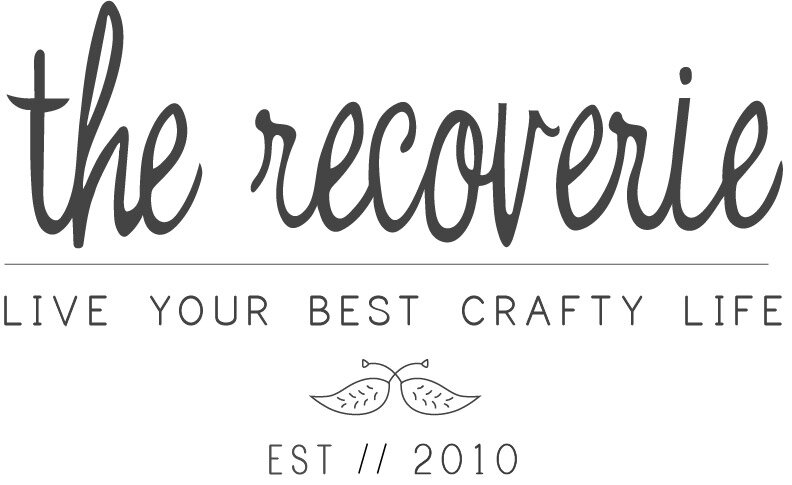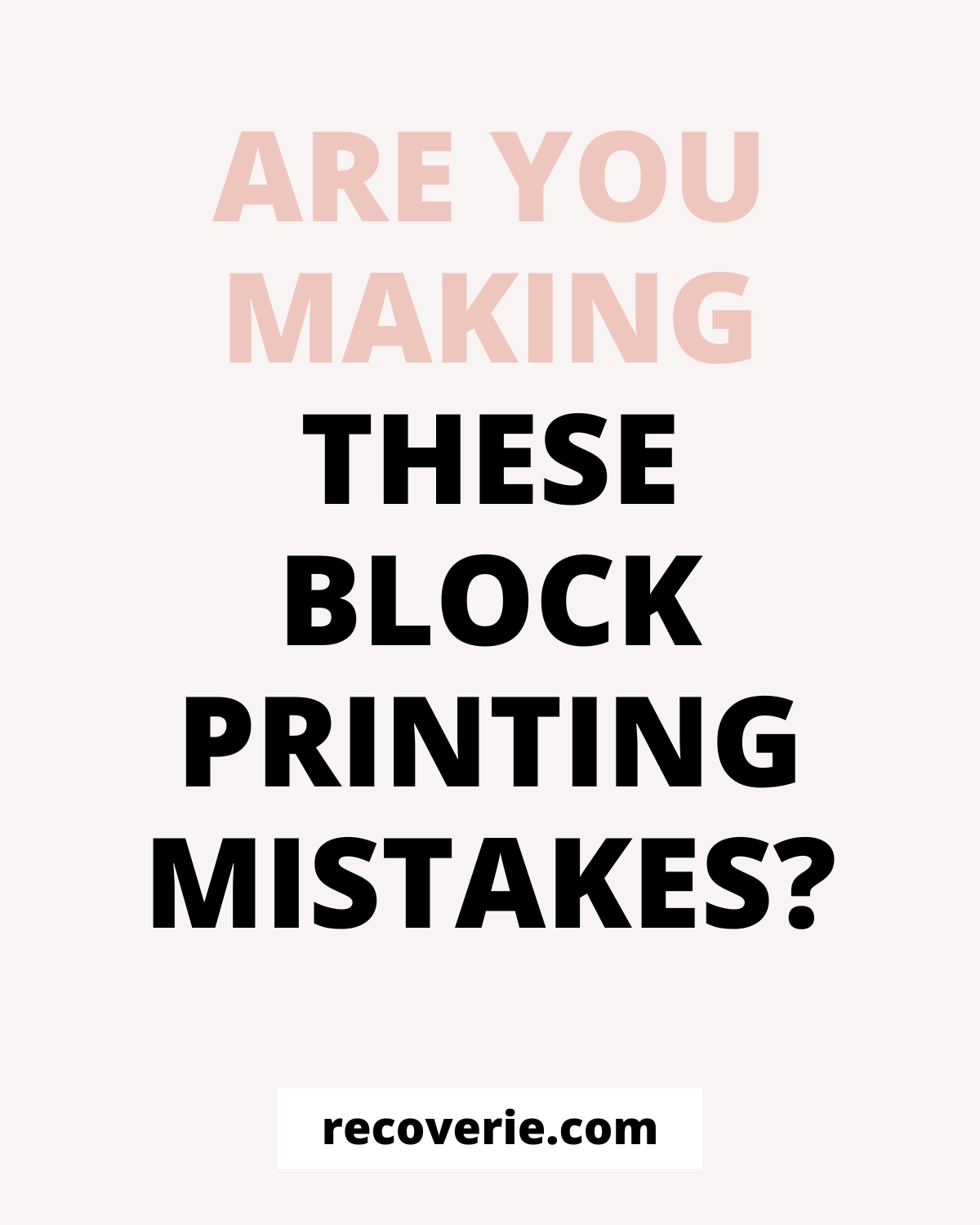Are You Making These Block Printing Mistakes?
"Oh no, what happened??!"
I heard this exclamation from across the room during a workshop, so I went over to investigate...but I was pretty sure I already knew what the problem was.
Sure enough, while I had been helping one student, another had gone buck wild with the paint and turned her carefully carved printing block into a blobby mess...making her design almost unrecognizable.
Le sigh.
It's kind of a funny thing - after teaching so many people, you start to notice patterns.
There are a lot of similarities between what people say, how they respond to information, and I also see people making the exact same mistakes over and over again.
SO:
In order to attempt to remedy this, I decided to break down a few of the most common block printing mistakes I see people making when it comes to block printing.
Are you making them too?
Block Printing Mistake 1: Using too much ink!
This is by FAR the most common block printing mistake I see people making, and really, it's the most unfortunate.
When you take the time to design and carve out such an intricate pattern, it's weird to think that people treat the ink side of things as such an afterthought...
...because the fact is, the amount of ink you use will drastically change the end result of your block prints.
So. Here's what to do:
Scoop out a rounded Quarter-sized blob of ink. (If you're not sure, start with less...you can always add more).
Roll it over your plexiglass until you have a THIN (ie, no raised streaks or blobs) layer of ink on the plexi, as well as the roller. I usually end up covering most of the plexiglass in ink.
A slight orange-peel texture in the ink is ideal, and it should make a weird sticky noise when you roll it.
If your roller is not rolling and there are piles of ink around the edges of your plexi, guess what...you used too much ink.
This is the easiest block printing mistake you can fix without having to do much work, mostly by just paying attention before you ink your block.
Take a look at your roller before you cover your block and think, "Does this look like it's going to make a huge mess?" :).
block printing Mistake 2:
Drawing your design way too small
I always tell my students, "The smaller you draw, the more you're going to hate yourself later..", and I've found that to be true!
Block printing is extremely forgiving, especially when working with rubber blocks.
However, because it IS so soft and easy to carve, it also has the tendency to move around a lot while you're carving it...which makes it very difficult to carve very small images.
If you want to carve a super intricate and detailed design, let me politely direct you to my friend linoleum, which you can read all about here.
Larger, bolder designs tend to work much better when it comes to carving in rubber. Geometric patterns are perfect for this as well.
You can definitely attempt a more detailed drawing, but just be aware that it will be more difficult than a bolder design would be.
block printing Mistake 3:
Not planning out your end result
This is more of a general art mistake rather than specifically a block printing mistake in my opinion, but it still applies.
If you try and paint a picture with no idea in mind, there's a high chance you're going to end up with a crap painting (at least I would).
Same with block printing.
If you carve a sweet geometric design that you want to repeat and line up perfectly to cover an entire piece of fabric, then you'd better take the time to measure things to make sure they line up, otherwise it won't look like what you have in your head.
Another part of this is to really understand how to visualize your design before you start carving.
If you carve out the negative space instead of the positive space on accident, your block will still work, but it will look completely different than you expected.
I like to have students shade in their drawings with pencil (wherever they want the ink to print) so they can get a better idea of how it will look at the end.
I also like them to start thinking about how they will place the block as far as overall layout and composition.
This is another part of the design process that I find can drastically change the end result, yet people still treat as an afterthought.
Before I have even carved a block, I already know exactly how my finished piece will look, down to the color ink.
Planning things out ahead of time, although not super sexy, is the best way to avoid disappointment, and a lot of extra work later on!
...How many of these block printing mistakes have you made? Click below to get my free “Design a Perfect Block Print” course, and learn how to design a print that you love!
<<>>






